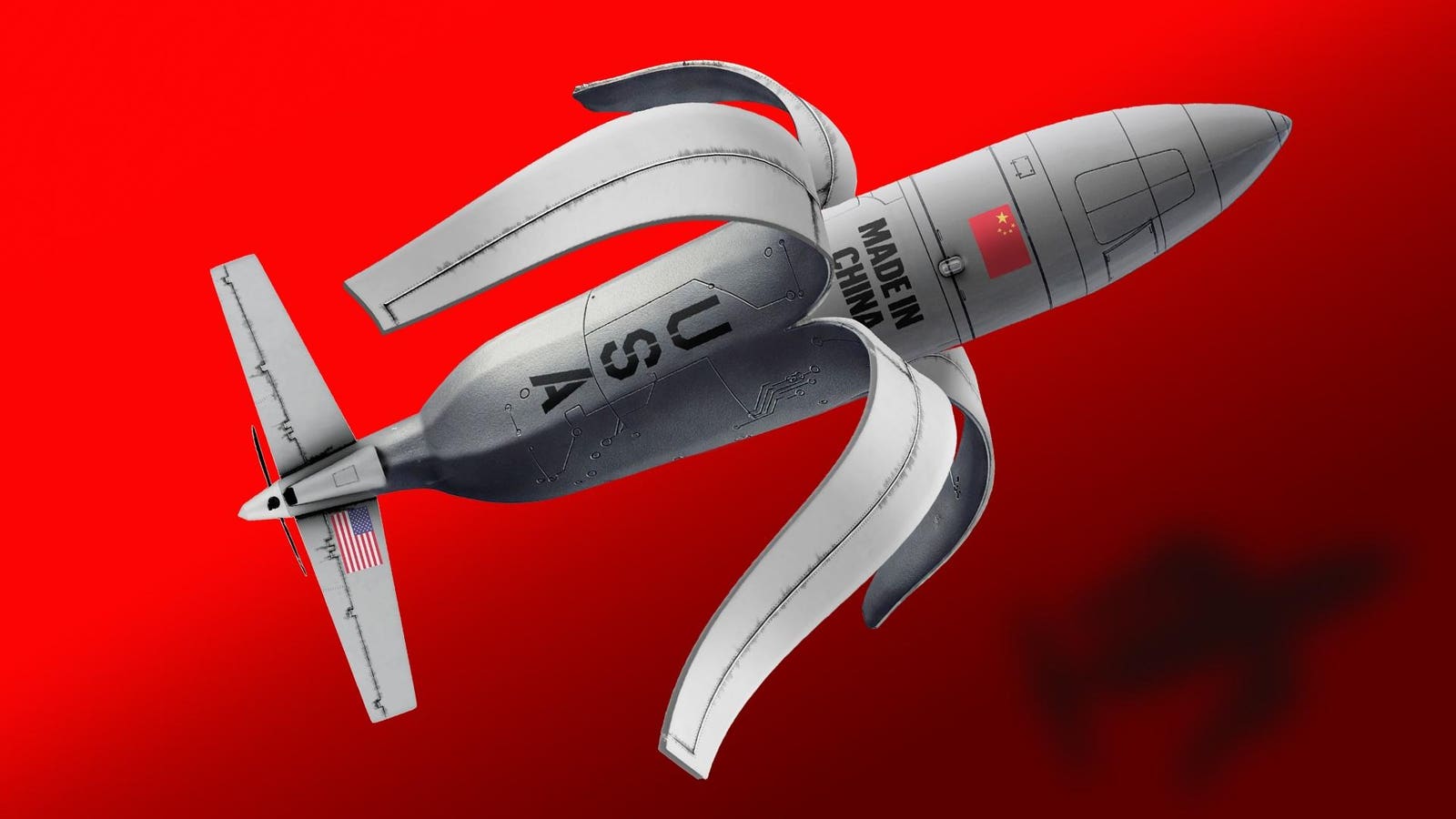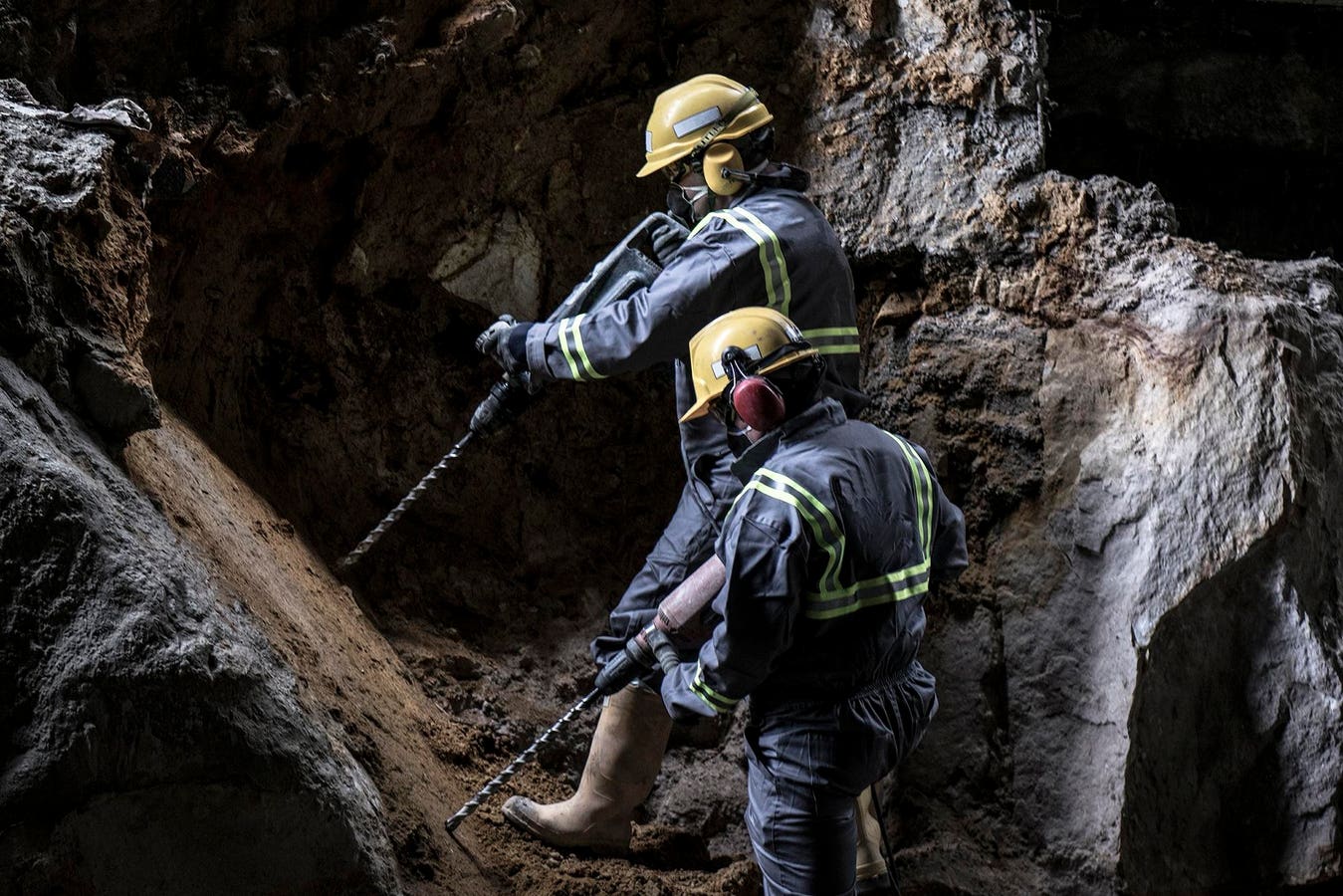Jenny Lee, senior managing partner of Granite Asia.
Amid a worldwide sag in early-seed funding, Asia’s AI startups are a top draw for investors.
In a widely read scorecard, Silicon Valley Bank, now a division of First Citizens Bank and a lender to venture capital-backed startups, reported that “series A tech deals underperformed our expectation [for 2024], hitting the lowest level since 2012.” While moderate growth is expected this year, the bank predicts levels are still lower than a decade ago.
What explains the early-stage sag? Higher interest rates? Years of a blocked-up IPO market? This columnist suspects another reason. Today’s investment giants are so big they can’t really focus on seed rounds. Small VC firms face their own problem. They lack deep pockets, or connections, for later rounds.
This leaves Jenny Lee, senior managing partner of Singapore’s Granite Asia, in a good spot. Over two decades, Granite’s early investments have led to 48 unicorns and 30 IPOs. Granite now has $5 billion under management. That’s small enough to make focused seed bets. But large enough to partner with megafirms in later rounds.
Lee says by email, “If anything, Granite is seeing healthy and accelerating momentum” in seed funding for AI startups. These days, Lee likes AI-native apps that solve real-world problems—“transforming human-centric processes in logistics, manufacturing, healthcare and education into AI-powered systems. And they’re doing so with lower compute needs and greater capital efficiency.”
When it comes to how AI has altered the economics in the VC industry, Lee says: “AI-native companies scale faster but also hit infrastructure costs sooner. That compresses the time between seed and scale. It exposes investors to more follow-on risk earlier. At the same time, valuation expectations tend to inflate ahead of fundamentals.”
As a global investor, “we’re seeing more balanced risk-reward ratios in Asia, where exceptional founders are still building under the radar,” she observes.
Asia vs. U.S. Venture Capital
The Asia model is less about blitzscaling [a description of hypergrowth, common to U.S. venture circles] and more about building with context. “In the U.S., especially in the Bay Area, early-stage AI startups often scale fast on the back of open-source tooling, abundant capital and a well-worn playbook: build a demo, raise capital fast and chase valuation milestones. But in Asia, the road to product-market fit is shaped by real constraints—fragmented markets, regulatory nuance, cost-sensitive users and localization complexity,” notes Lee. “These challenges force AI founders to innovate not just on technology, but on distribution, data access and business model design.”
But what about talent? The U.S. and Silicon Valley are rich with AI superstars, but also expenses. OpenAI CEO Sam Altman claimed on a recent podcast that Meta was courting his AI engineers with $100 million signing bonuses. And don’t forget options that could be worth hundreds of millions in a public stock offering.
Granite’s Lee observes that Asia’s talent pool is better balanced—from China’s robotics depth to India’s developer base. “The region has a deep bench of STEM talent, world-class manufacturing ecosystems and governments that actively support industrial automation and digital infrastructure. That combination is producing a new generation of founders who aren’t just fine-tuning LLMs [large language models that undergird generative and agentic AI]. They’re engineering autonomous robots for factories, building AI-empowered workflows, and developing full-stack solutions for mobility, logistics and healthcare.”
“These companies are often being embedded into physical infrastructure from the ground up, solving problems in dense cities, aging societies and complex supply chains, and in doing so, creating globally relevant innovations.”
If Lee is right, then today’s global drop in early-stage investments will be short-lived. An IPO boom will fatten VC coffers, and likely reawaken interest in early stage. One way or the other, Jenny Lee and Granite Asia will be there. They never left.









